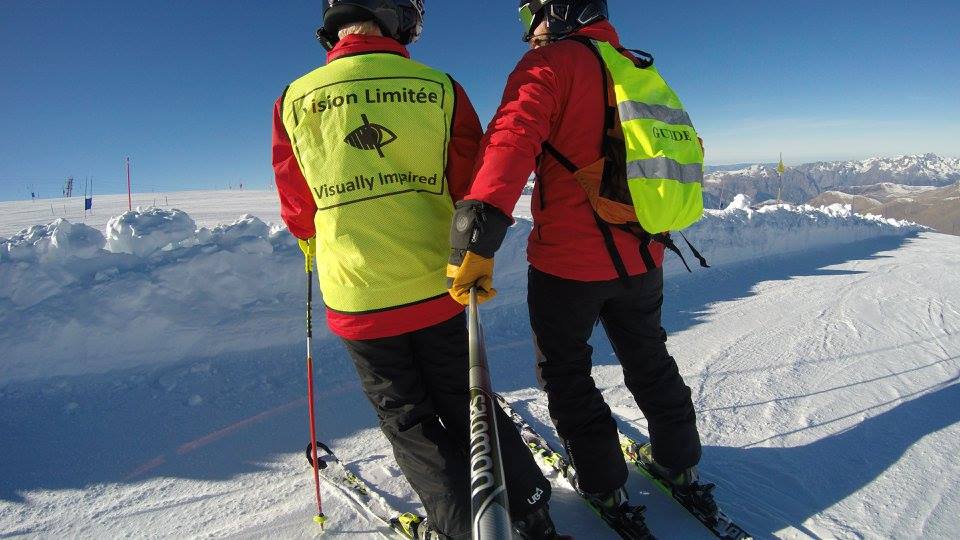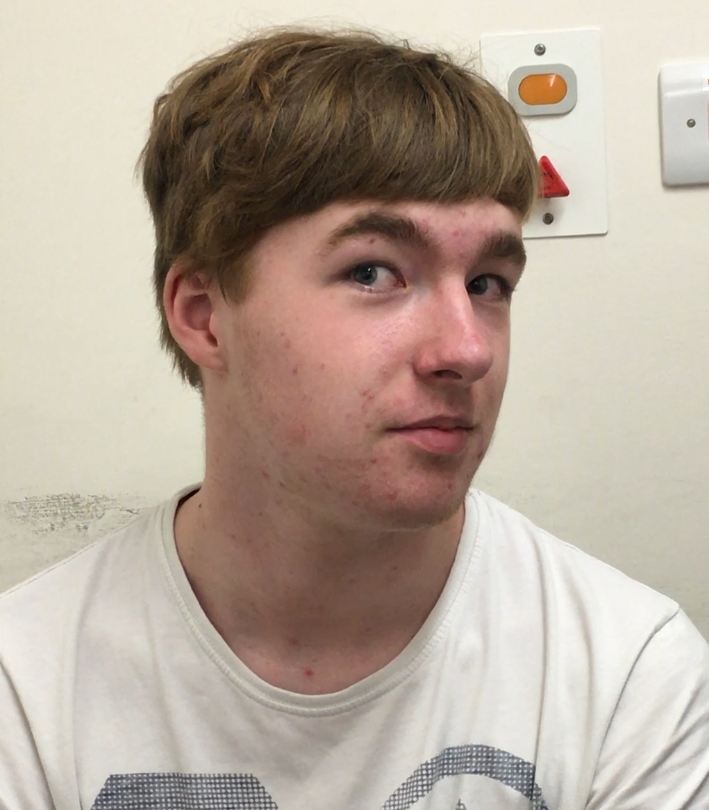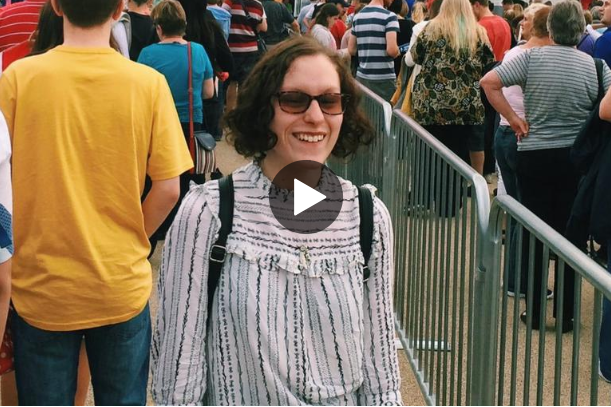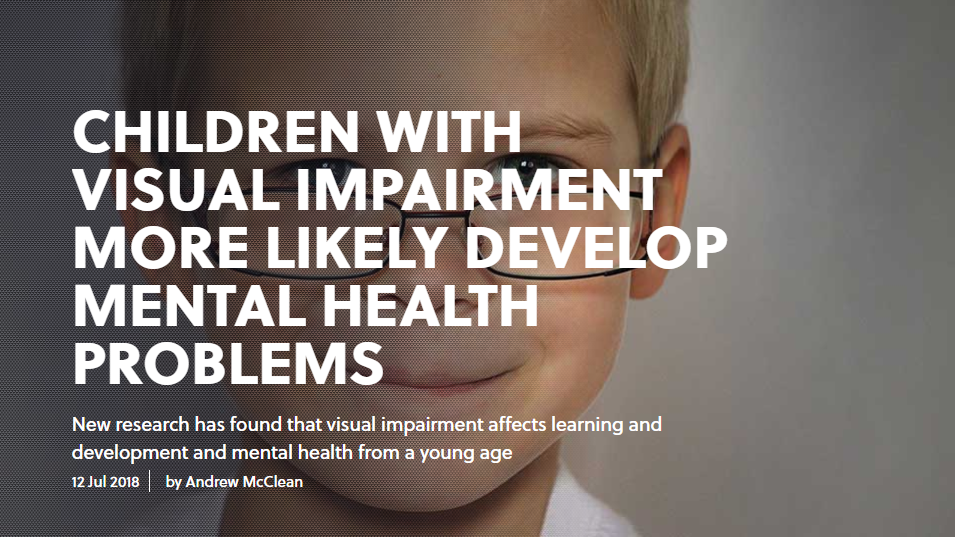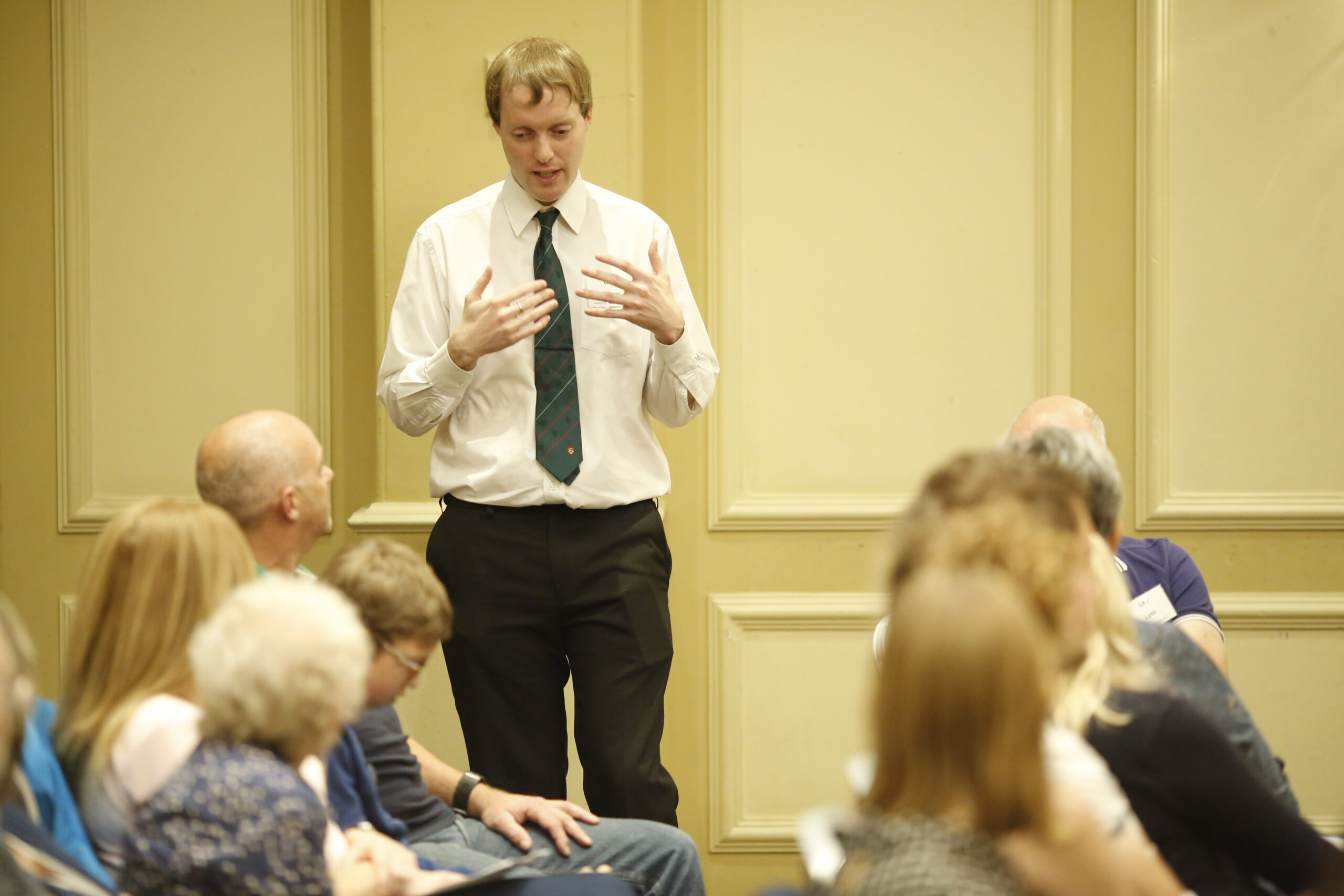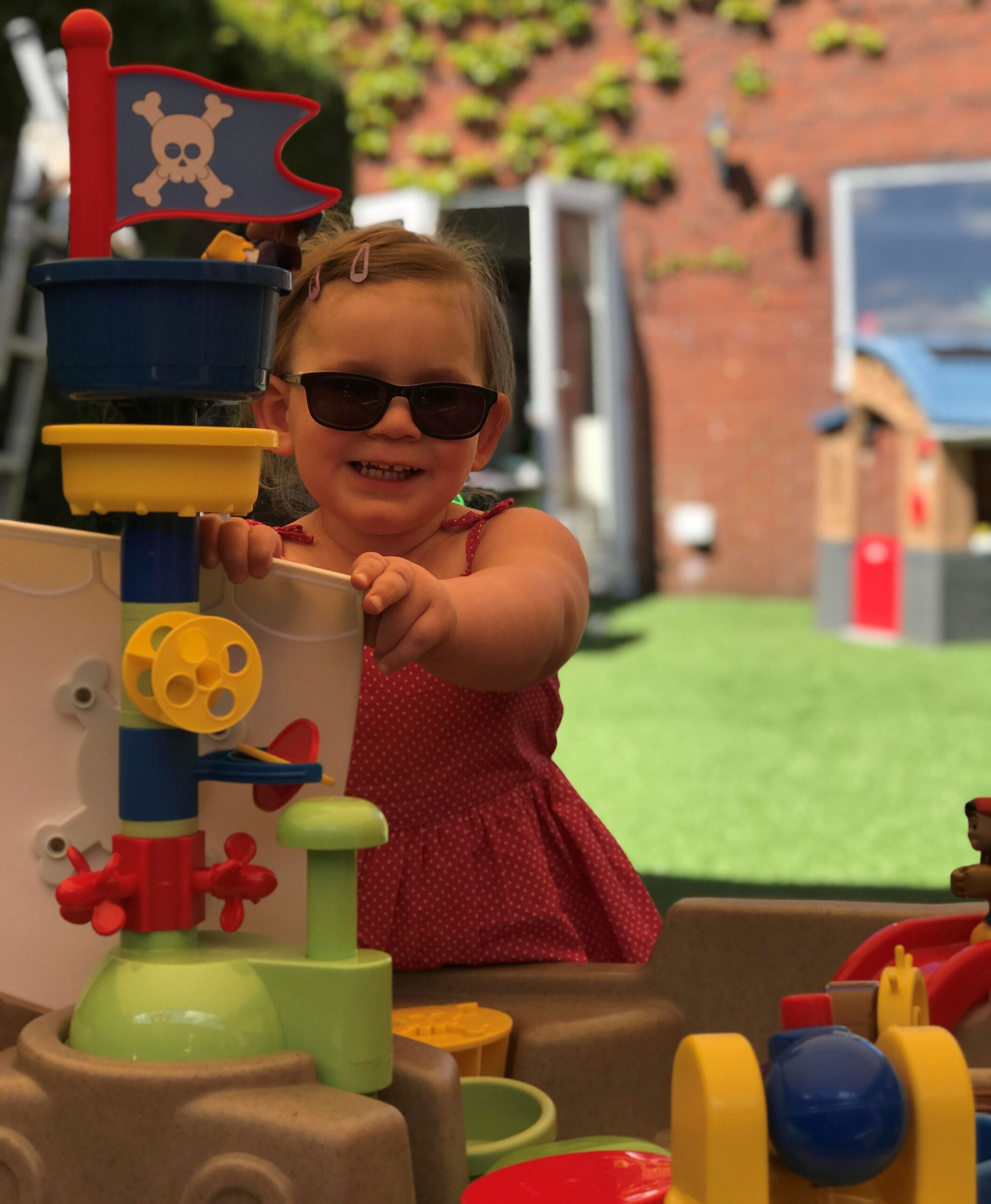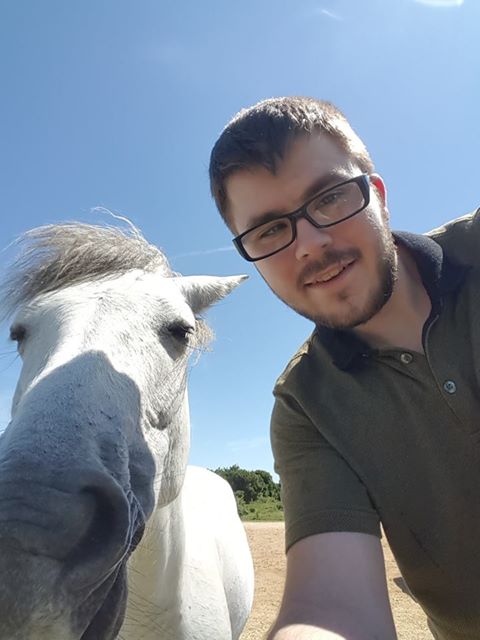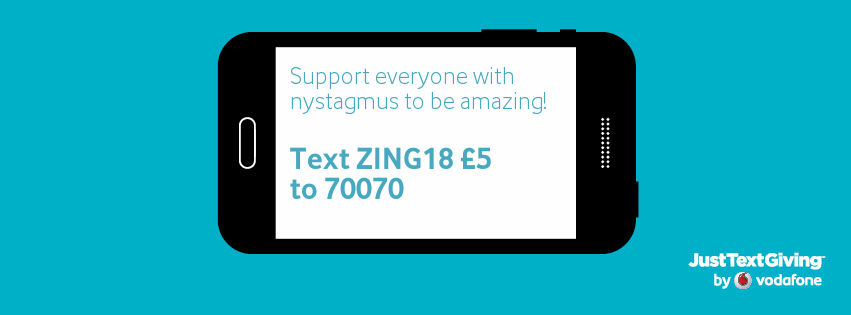We couldn’t resist one more ‘amazing’ nystagmus success story. Not everyone with nystagmus can drive, but Bradley has turned driving into his philosophy on life.
My name is Bradley. I’ve had nystagmus since birth. My parents found out about it when I was 4. As a child, I was in and out of hospitals. It was tough for me as a kid with a funny eye. I wasn’t very self conscious at the time and didn’t think I was any different to the other kids, but there were limitations and I got bullied by some kids. I never let that get me down, though. My teachers were great, making sure I was right up front in class and giving me print outs so I had everything I needed.
My family never really understood my condition. That’s still very much true to this day. I hardly know about it myself. I’ve lived with it all my life, so I don’t know any different. People ask me what it’s like, but I don’t know how to answer. I say that words on a wall become lines or scribbles to me. I can’t make them out and it tires me trying too much. But, if I’m on a cliff and there’s buildings in the far distance, I can see them. I keep my phone close to my face. I can’t recognise faces until quite close, so, if I’m out trying to find a friend in town or in a pub, I may walk straight past them. The only way I can describe it is seeing people’s figures but no face until I get closer. Then, as if a fog has cleared, I can see them. I hate going to fast food places. I can’t see the menu, even with glasses. I find they don’t really help me much, so I spent most of my teenage years not wearing them at all.
I hated my eyes. I got to a point where I wouldn’t want to meet new people as I really didn’t like the way I looked. But all of that aside, I’ve realised I’m me and that’s all I ever need to be. I don’t need to be afraid of what people think.
Ever since I can remember I’ve always loved cars. I never expected my condition could prevent me from driving. The day the doctor told me I’ll never drive tore me apart. I wanted to give up. That was it for me. But, thankfully, my mum got me back up on my feet. She always told me “It doesn’t matter what people say. You can do whatever you set your mind to. If you want to drive, prove them wrong. Show them you can do it.” I’ll never forget it. I took her advice and, as soon as I could, I got myself a job at a local bus depot which paid for my lessons and a car. I was determined. When my test came around, I failed, but I failed for forgetting to shoulder check. I passed the sight test! When I was ready, I took my test again and passed. I wanted to cry, I was so happy.
All my life they told me “you can’t”, but I did. Getting my licence was the best feeling in the world. I do have down days like the rest of us, but if you push through them you can achieve the impossible. With me, passing my driving test has opened up a huge opportunity to get into my chosen career. I recently started a vehicle panel beaters apprenticeship. My goal is to have my own business, buying and selling cars.
I’m very fortunate to have stumbled on my career and my mother’s wise words have all come true. Against all the odds, I’ve set myself on the path I’ve wanted ever since I can remember. I’ve never seen my condition as a disability, more as a challenge. I have come so far and achieved the unthinkable for someone who has a similar condition.
As much as I’ve got used to my eyesight, I do wonder how it would be to see through someone’s eyes for even a minute. But this is the way I am and I accept it.
If anyone tells you that you can’t, just challenge them, because, once you prove that you can, I guarantee you won’t feel like you have a disability. You’re just like everyone else, no matter who tells you different. Be who you are. Don’t change for anyone and, if a challenge comes your way, fight through it. We are fighters and we’ll do anything we put our minds to.
Please see our free to download booklet, Nystagmus and Driving, for information on the legal and medical requirements.

